Observe the dark and the starry sky becomes a luxury. Because of the light pollution on the planet is less places where you can see the milky way. But astronomical Observatory located in a dark, mountainous and sparsely populated regions with the best conditions for observing space from the Earth. Many of them are open to tourists, there you can even look through telescopes. We have made a selection from the seven available and outdoor observatories in different parts of the world, including in Russia.
1. Pulkovo Observatory in St. Petersburg
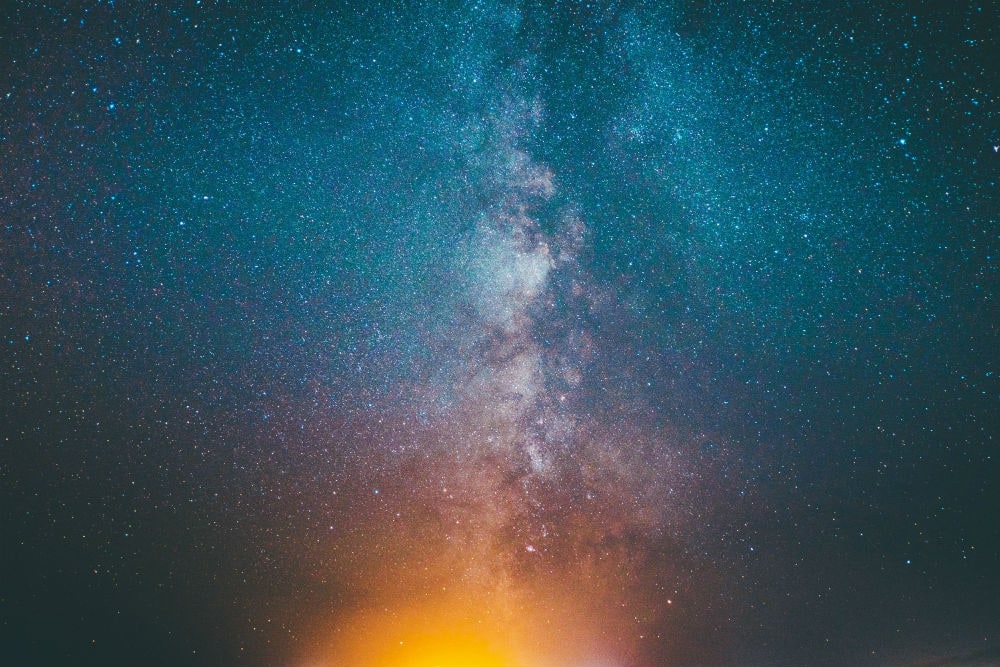
Photo: Vintage Aperture / Unsplash.com
At the Pulkovo Observatory are assured that in Petersburg there are not only “white” and “black” night. Winds and highs make them particularly stellar.
Pulkovo Observatory belongs to the Russian Academy of Sciences and was established in the mid 19th century. At the center of its dome is Pulkovo Meridian — initial point of reference for surveyors Russia.
The Observatory regularly hold evening and night tours, operates astronomical Museum. When you select the day of the visit is to observe the weather is usually forecast 2-3 days ahead is quite accurate.
Program trips depends on the time of year and time of day, but usually include observation of constellations from the street.
The Observatory staff suggest for the first time to choose the tour with a visit to the tower 26 dulmage refractor. The length of its pipe exceeds 10 meters. This tool is observing every clear night. In the global ranking of telescopes, the study of visual double stars of the Pulkovo 26-inch — among the leaders.
Website: gaoran.ru
Want in Saint-Petersburg!
2. Crimean astrophysical Observatory
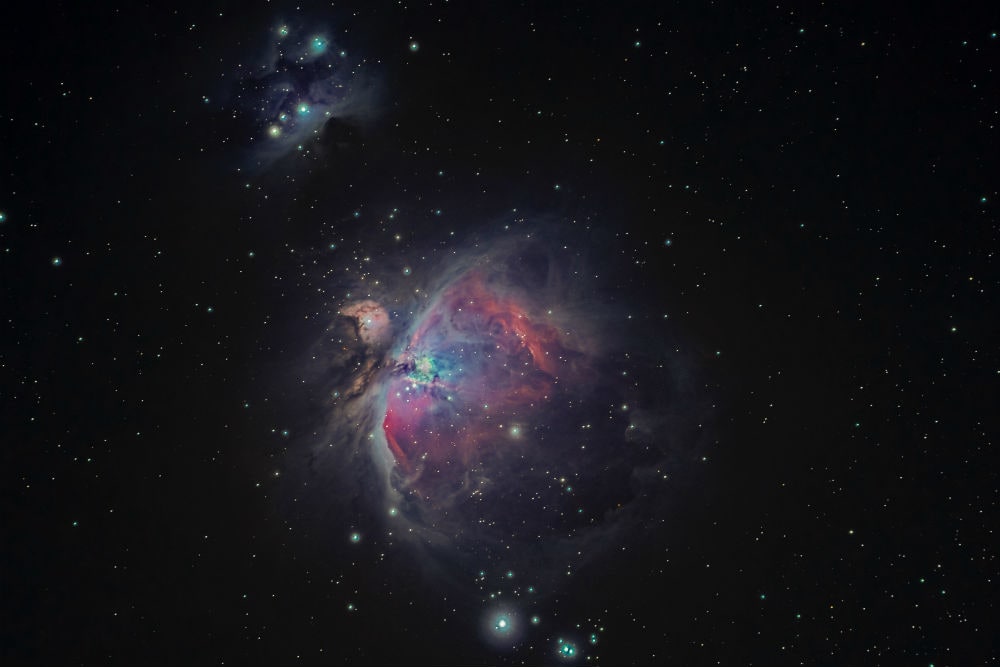
Photo: Bryan Goff / Unsplash.com
The Observatory in the Crimea was built together with scientific town, which is called Scientific, at an altitude of 600 meters. It is the highest village of the Peninsula. Telescopes and administrative buildings scattered over a large area among the old pine trees, lime trees, blue spruce trees, Lebanese cedars, chestnuts. The proximity to the nature reserve and the mountain terrain provide on Observatory dark sky and a calm atmosphere.
The facility has 17 optical telescopes. The best known of Europe’s largest reflecting telescope named shayna with a mirror of 2.6 meters and solar Tower telescope. During the day you can observe prominences — explosions on the surface of the Sun, late in the evening the moon, stars, planets. Employees are guided tours every evening by prior arrangement (call), and regularly organizes popular science lectures on black holes and dark matter.
The Observatory is recommended before traveling to check the weather forecast. Staff also suggest not to come during the full moon — at this time, the craters on it are not visible, and the illumination from it reduces the spectacle of the milky way, star clusters and nebulae.
The tour starts late in the evening. After which you can stay overnight at the hotel of the Observatory.
Website: crao.ru
Want to Crimea!
3. Maletsky astronomical Observatory in Lithuania
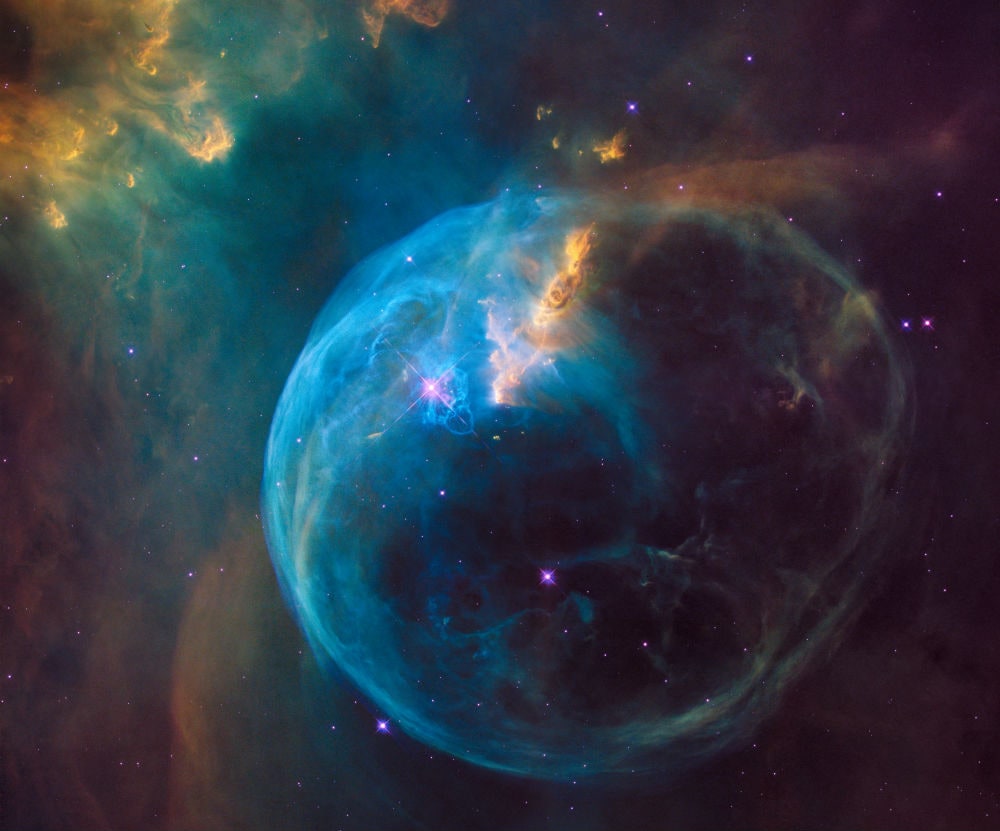
Photo: NASA / Unsplash.com
10 kilometers from the old Lithuanian town of molėtai and 70 kilometers from Vilnius in 1969 was built Maletsky Observatory. For her chosen terrain with a dark sky in the 200-meter hill Cardinali.
The Observatory was built instead of two old Vilnius observatories monitoring space has become impossible due to the sprawl of the city light and noise.
The great interest of tourists to the Observatory encouraged scientists to open next etnokosmologijos Museum. It is constructed from aluminum and glass and shaped like a flying saucer. In the Museum you can see fragments of meteorites, photos of galaxies, these sundials, models of the planets. Held the night watching the stars and planets in the dome is 45 meters high tower with a telescope. During daylight to watch the sun in the Observatory building.
Website: etnokosmomuziejus.lt
Want to Lithuania!
4. Roque de Los Muchachos in the Canary Islands
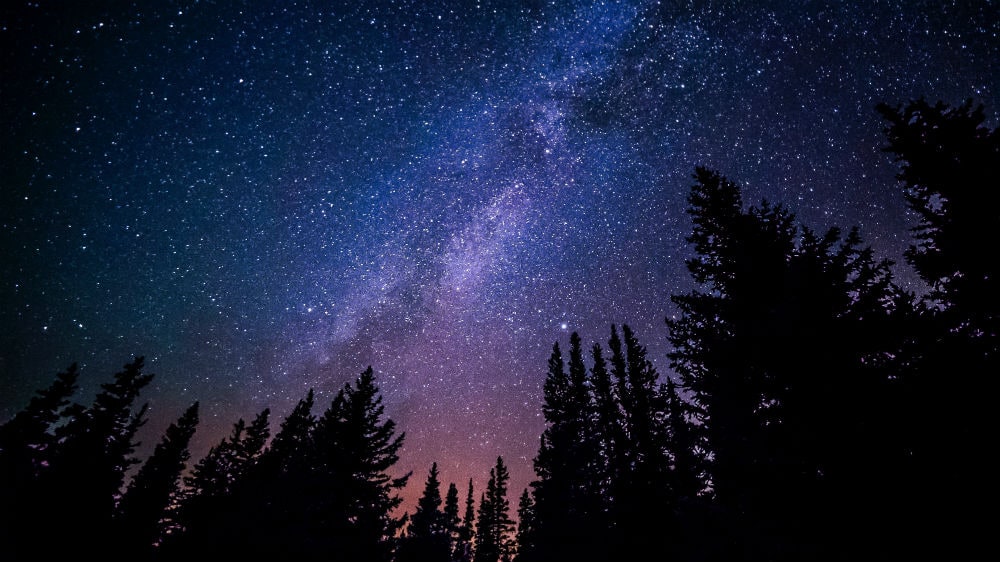
Photo: Ryan Hutton / Unsplash.com
Roque de Los Muchachos is among the most important scientific observatories of our time. It is located on the island of La Palma and has an area of 2 400 square meters.
After the founding of the Observatory in 1979 was moved here from Grieviously Royal Observatory telescope named by Newton. Today there are 14 groups of telescopes and work teams from almost all European countries and the USA. The fact that the purity of the sky and the light level of the noise terms here are some of the best in the world. In La Palma there are laws that govern light pollution and the trajectory of the flight of aircraft. Even lights are installed with a certain angle of reflection, so they do not light up.
The Observatory is open to visitors on a schedule that can vary depending on the time of year. You can check it on the website of the Observatory. Tourists can see the telescopes tell us more about their device, about astronomy and scientific discoveries. To look in the telescopes in the Observatory will not work — they are only available for scientists. But the stars here are so bright that watching them is possible without special tools.
Near the Observatory is an observation deck — from there you can see all of a group of telescopes and the main mountain range of the island.
In the Canary Islands there are several astronomical systems. The Observatory of Teide, Tenerife specializiruetsya on the study of the Sun. Here is Europe’s largest solar telescope Gregory. On the guided tours see the sun in the two telescopes with different filters that allow you to see the chromosphere and the photosphere, spots, flashes in the Sun.
Another “astronauta” in the Canary Islands — to go to the Teide national Park with perfectly clear skies to see the milky way and stars. Here you can see 83 of the 88 constellations officially recognized.
Local travel agencies offer astromony at the best in the archipelago to observe the sky places and group tours to the Observatory.
Website: iac.es
Want to go to Canary Islands!
5. Observatory in Chile
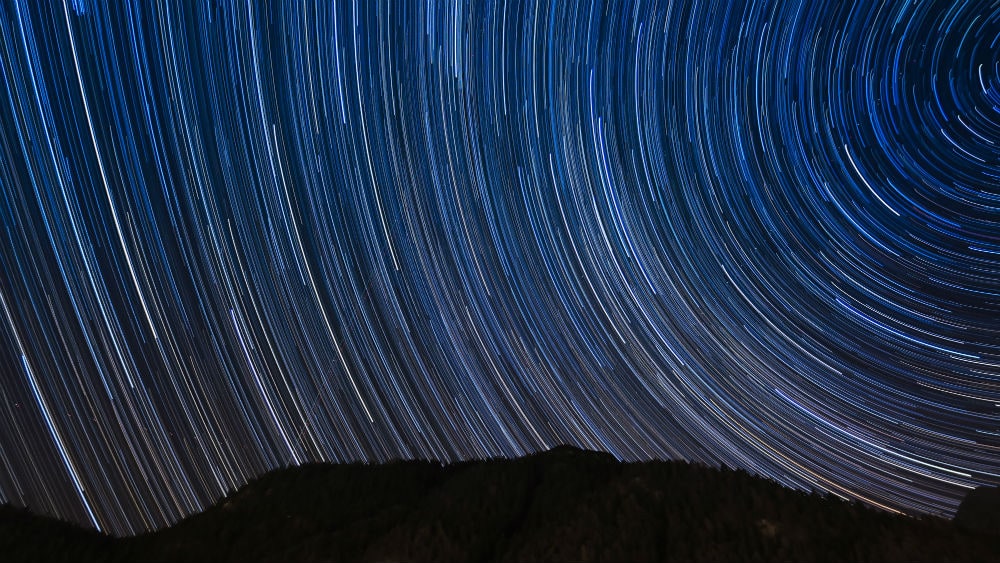
Photo: Paul Gilmore / Unsplash.com
The Atacama desert in Chile, recognized another unique place to observe space. The air in the highlands of the Andes is dry, clean and clear and clear days — 300 a year. And only in the southern hemisphere, you can see some stars, the Central portion of the milky Way, the Magellanic clouds — galaxies satellites of the milky Way.
A large part of the telescopes in the desert built an international organization “European southern Observatory” (ESO). She began observing the southern sky in the mid-twentieth century, and is today considered one of the most important centers for space research in the world. In the Atacama works 40 percent of the telescopes around the world. It is expected that this figure will soon increase — now they can build several major facilities, including the Giant Magellan telescope (Giant Magellan Telescope; HMT) and the European extremely large telescope (European Extremely Large Telescope, E-ELT) with a mirror of 40 meters, which can give a picture with better detail than orbital “Hubble”.
The largest and most popular tourist Observatory ESO La Silla, Llano de Chajnantor and Paranal. They are open for free visits on Saturdays and Sundays, but strictly by appointment on the website. You may have to stand in the “waiting list” as wanting to get closer to the space in Chile a lot. On the tour, tourists are transported in a special bus from the village of San Pedro de Atacama.
Takashi Observatory in the desert look like colonial astronomical station on Mars from science fiction. And Paranal attracted fans of James bond. Hotel, ESO Hotel at the station appeared in the film about James bond “quantum of solace”.
In Chile, tourists are still American Observatory Cerro was Tololo near the small town of Vicuña. It is also the largest and oldest Observatory. To reach it it is necessary independently.
Websites: eso.org, almaobservatory.org, ctio.noao.edu
Want to Chile!
6. The Observatory mount Wilson in the United States
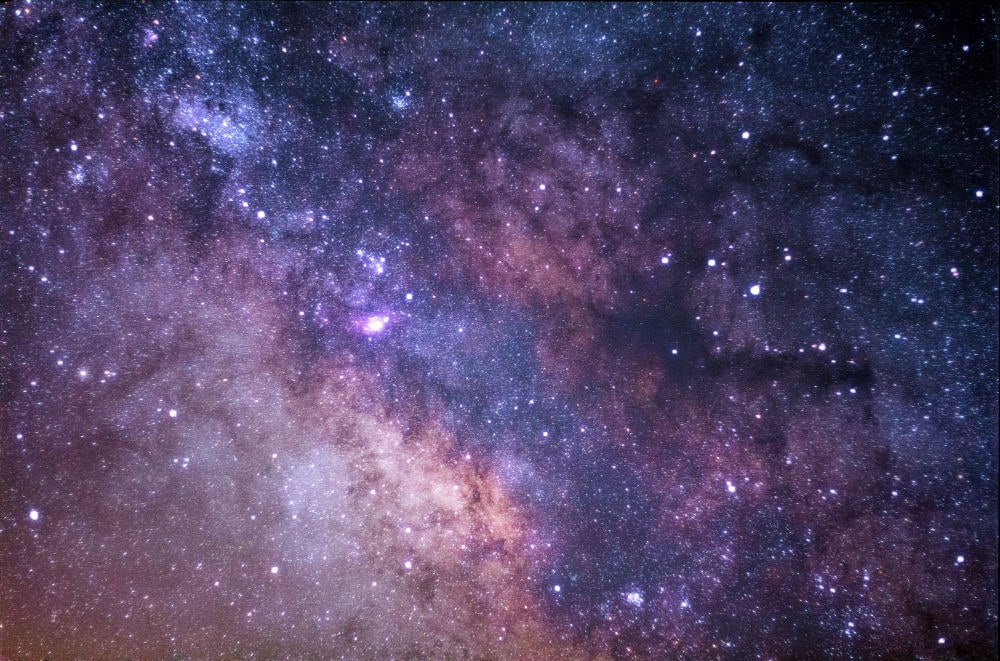
Photo: Jeremy Thomas / Unsplash.com
The Observatory on mount Wilson (1 742 meters) near Los Angeles appeared in 1908, and in 1931, he received the visit of albert Einstein. Today the proximity to the sprawling metropolis limited the ability of the station to explore outer space, but for fans of astronomy is an interesting place.
Here is the largest astronomical instrument in the Western hemisphere — a telescope of the Flinders ranges. It employed the famous astronomer Edwin Hubble, after whom is named a powerful space telescope “Hubble” — automatic Observatory in orbit around the Earth. In the 1920’s, Edwin Hubble got the telescope in the Flinders ranges at the mount Wilson photographs that altered our perception of space. They showed what was then called “spiral nebulae” it’s not just gas clouds, and a huge star system is a spiral galaxy similar to the Milky Way, but remote from us at a great distance.
Now the telescope of the ones available for free observations from early spring to late fall. Tours are held every weekend during the day (without supervision in telescopes) and at night (with supervision). Private group tours are available by prior arrangement on the website of the Observatory.
Website: mtwilson.edu
Want in the USA!
7. Observatory-Museum of the Sonnenberg in the Dutch Utrecht
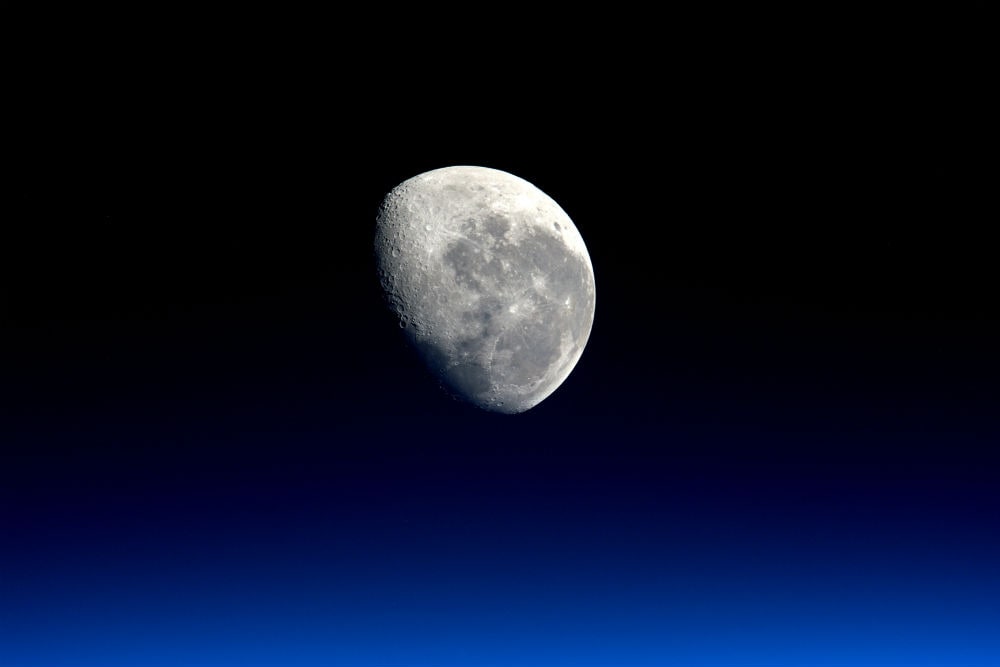
Photo: NASA / Unsplash.com
One of the oldest observatories in the world, based at the University of Utrecht in 1853. Here is Europe’s oldest telescope, and the Observatory building is located in the remaining building of the former Bastion of the 17th century.
Today the Observatory carries more educational function and has the status of public surveillance are available to all, but pre-submitted on the website application. Just at the Observatory four telescopes, one of which is solar. In addition, the Observatory conducts tours, lectures, children’s astronomical camp, it is a Museum and planetarium.
Website: sonnenborgh.nl
Want to the Netherlands!
In addition to the observatories to watch the stars can be in the official “dark sky reserves”. This status assigns them to the international dark sky Association (darksky.org). Each year she prepares the rankings of the areas with the most dark and beautiful starry sky.
Photo preview: Denis Degioanni / Unsplash.com
Author: Gysin Denmark
